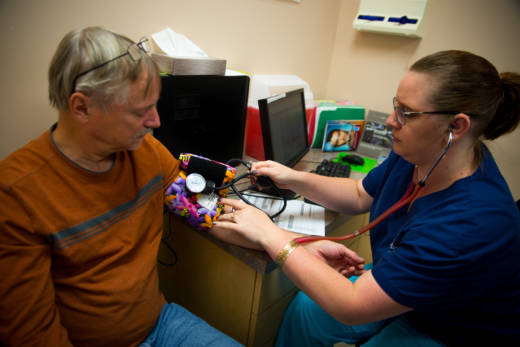When was the last time you were asked to sit without saying a word for five minutes before your blood pressure was measured? If your answer was "I never remember doing that," you're in good company.
Yet that is one of the many rules that medical professionals are supposed to follow when measuring your blood pressure.
Paul Whelton, a cardiovascular specialist at the Tulane University School of Public Health, says airplane pilots always run down a safety checklist before taking off. "We would be shocked if a pilot told us he was in a rush and just didn't have time to do it."
Yet he says clinicians aren't taking enough care to make an important measurement when it comes to health: reading blood pressure values.
That is topical right now because Whelton is among a group of physicians who have just recommended new standards for blood pressure. Now, if your blood pressure tops 130 over 80, you are in unhealthy territory. Having an accurate measure is important because more people than ever may be keeping a close eye on their blood pressure and trying to keep it in a healthy range through diet, exercise and potentially medications.

9(MDAxOTAwOTE4MDEyMTkxMDAzNjczZDljZA004))